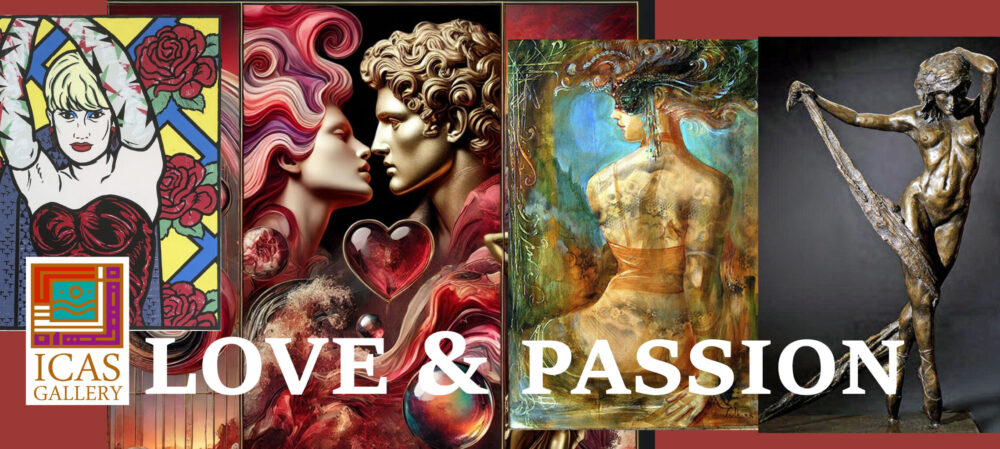Benin Bronze Mask
The history of the Bronze Age from the year 1200
The bronzes of Benin are the outcome of a long tradition of bronze casting that traces back over more than two millennia to the ancient Nok people, who lived on the plains of Jos, and the Yoruba people, who flourished between the 10th and 19th Centuries In the south and west of Nigeria. The oldest known African sculptures are terracotta figures created by the Nok people around 500 AD.
From the 1200s onwards, Ife, Nigeria, made superb bronze and terracotta heads. The ‘Obas’ monopolised brass sculptures —chiefs were only allowed parental figures in terra cotta, and metalworkers were the servants of the ‘Oba’. Benin art was thus predominantly Royal and so closely tied to the rituals used in service of divine Kingship that it underwent few modifications over the generations.
There can be little doubt that this West African art was an indigenous development fuelled by the need for lifelike images of Royalty for funerary rituals and the cult of ancestors from whom the Kings derived their significant power and authority. In the former Kingdom of Benin, Western Nigeria, great artists produced high-quality hand-made bronze sculptured figures and heads during the 1400s and early 1700s.
The art of Benin is similar in style to contemporary Buddhist art in India and Southeast Asia. Few people outside Africa knew about African sculpture until the 1900s when it significantly influenced Western art. The designs and simple, dramatic forms of African sculpture have influenced famous artists such as Henry Moore of Great Britain, George Braque of France, and even Pablo Picasso of Spain.
The sculpture had no comparable technical accomplishment or spiritual poise and serenity produced in Europe between the fall of the Roman Empire and some centuries after the date of the most beautiful Ife works. Therefore, there is no doubt that these figurines are unique, memorable, and extremely valuable in their class and entirety—as ancient Benin was home to some of the most exceptional art ever produced on the Continent.
Benin bronzes were the first African arts to win widespread acceptance throughout Europe. They created most bronze heads in honour of Kings (called ‘Obas’) and were handed down from King to King. The ‘Obas’ – rarely seen in public – reigned by hereditary succession and had absolute spiritual, political, and military power. The King ‘Obas’ ancestry traces to the son of an ‘Oni’ (King of Ife), believed to be descended from a God – this tradition sets him apart from his subjects. Osei Tutu ruled until 1717, when Opuku Ware, his grand-nephew, became King and ruled the Empire.
The proud past of the Benin Kingdom began its rise in the 12th Century AD when it took its ruling Dynasty from the earlier Yoruba Kingdom of Ife into a highly developed culture flourishing in the 16th and 17th Centuries before the slave trade began a long decline. As many wars did, the Empire grew weak at the end of the 1800s. Nine battles against the British between 1807 and 1901, after which the British gained control and took over the Empire, occurred in 1897 during the nine-war campaign.
British expeditionary forces attacked and destroyed the City. They looted the palace of Benin, and significant numbers of high-quality bronze sculptures were taken—most of which are priceless today and housed in British and German museums. Some figurines were saved—having been buried with King and Queen Inyang Inyang—and later retrieved by the government and transferred to the main museum in Nigeria.
THE CULTURE OF THE BENIN BRONZE CIVILISATION
”Dancing is creating a sculpture that is visible only for a moment.”
ICAS Vilas Art Gallery
21 Commerce Way
Garden Square Shopping Centre, Letchworth Garden City, Hertfordshire SG6 3DNUnited Kingdom (UK)Phone: 01462677455
Email: info@vilasart.co.uk
ICAS Vilas Art Gallery
Garden Square Shopping Centre,
Email: info@vilasart.co.uk





